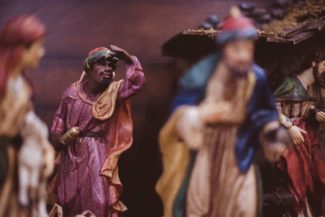
Let me begin by stating who the “magi” were not, at least according to Scripture. There is no evidence in Matthew’s Gospel (the only one to mention the magi) that they were “three kings.” This tradition may have evolved because Psalm 72 contains a reference to kings rendering tribute and homage to Israel’s king.
The New Testament also does not state that there were three of them. The number three probably became associated with the magi because they offered three gifts. In fact, artwork has portrayed the magi in varying numbers through the centuries, and the Eastern (Orthodox) Church has always depicted them as 12 in number. They were not named in the Bible, although a much later tradition named them Gaspar, Balthazar, and Melchior.
RELATED: Epiphany: Why Waiting Isn’t the Hardest Part
So who were they then? The term magi originally referred to a caste of Persian priests, astrologers who looked to the stars as guides. We don’t know their place of origin, except that it was clearly from somewhere east of the Holy Land. The gifts they brought (aromatic gum resins) suggest Arabia or the Syrian desert as a possible place of origin.
Whoever they were or were not, these mysterious people who came to worship Jesus were pagan foreigners who came to believe a promise made to the Jewish people long before. We mark their coming with the Feast of the Epiphany January 6 at the end of the 12 Days of Christmas.